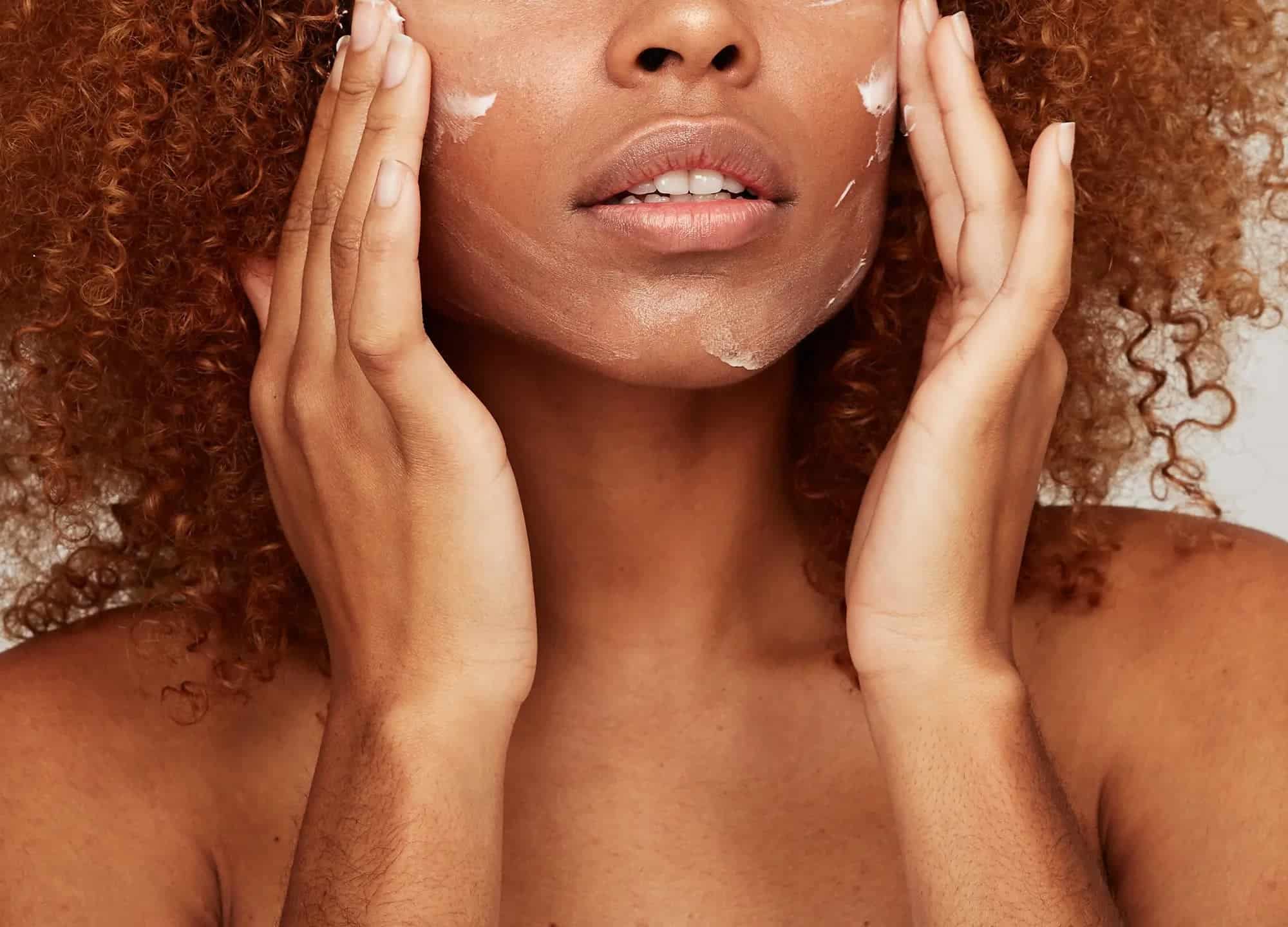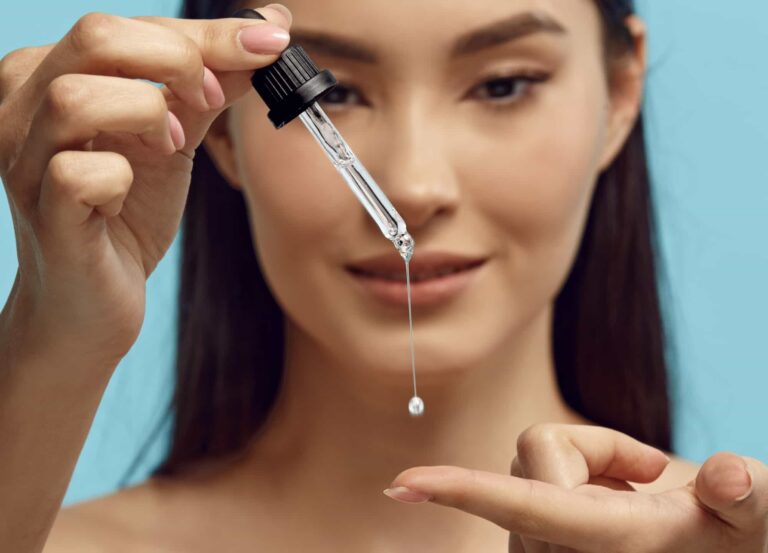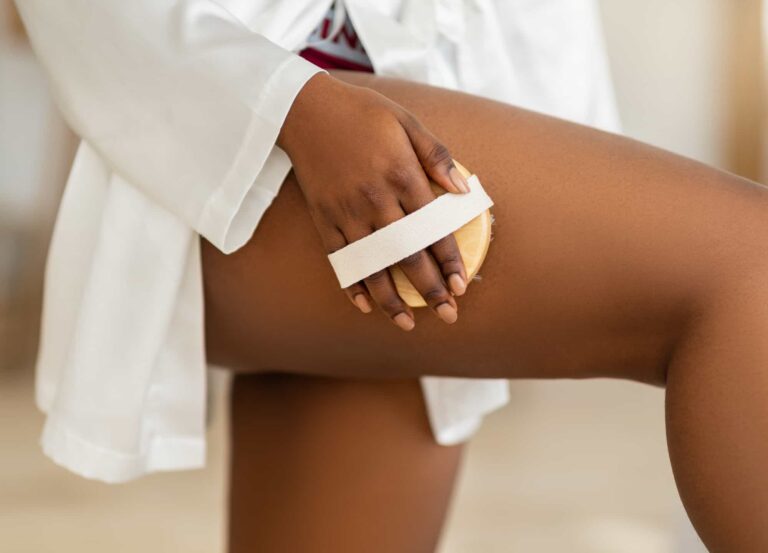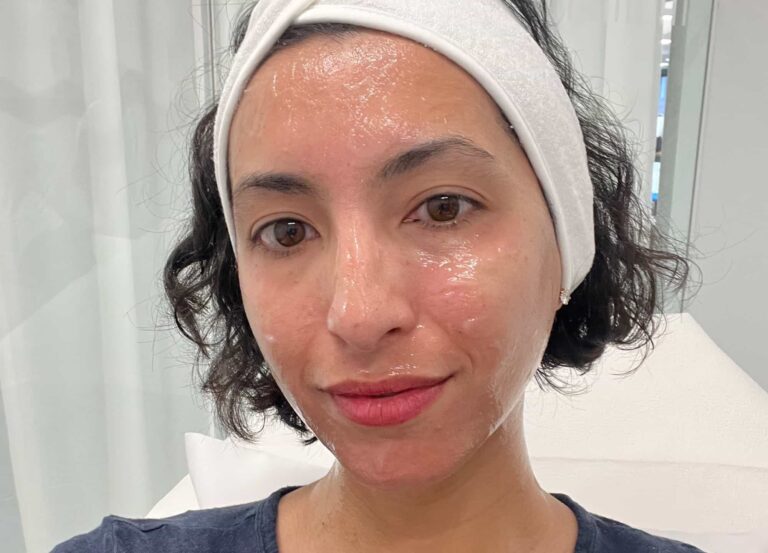There’s no denying that retinoids reign supreme among skin-care products, thanks largely in part to a long history of scientifically proven efficacy. These vitamin-A derivatives (of which retinol is just one type) also boast a litany of benefits. They work both on the epidermis, the skin’s outermost superficial layer, to improve tone and texture—as well as deeper in the dermis, to stimulate collagen production and counteract signs of aging.
“Retinoids are like the Swiss Army knife in your anti-aging tool kit,” says Dr. Marnie Nussbaum, a board-certified dermatologist in New York City. “They increase cell turnover to brighten dull skin, fade dark spots, and refine skin’s texture. They’ve also been proven to increase collagen production, increasing elasticity and helping to both prevent and minimize wrinkles.”
In addition to having anti-aging benefits, retinoids are also the ingredient of choice for battling blemishes, since they reduce oil and help unclog pores, adds board-certified Chicago dermatologist Dr. Jordan Carqueville. tl; dr: retinoids really can do it all.
So why isn’t everyone using a retinoid? Well, all that potency comes at a price. Retinoids are as well-known for their notorious side effects as they are for their proven benefits. We’re talking about all kinds of irksome issues, ranging from redness to flaking to dryness. “There’s a learning curve for the skin when you first start using a retinoid, because you’re essentially retraining your cells to turn over at a faster rate. This is what causes all this irritation,” explains Dr. Marina Peredo, a board-certified dermatologic surgeon in New York City.
The process is known as retinization—and for most people, the skin will start to adapt and issues subside within three to four weeks, says Dr. Nussbaum. And while a good moisturizer can certainly help—since it can offset its drying effects with nourishing skin-care ingredients like hyaluronic acid and ceramides—there are some people whose skin may simply never be able to tolerate the intensity of any retinoids, particularly if they have naturally dry or sensitive skin types. Not to mention, retinol is also a no-no when you’re pregnant or breastfeeding.
Enter retinol alternatives. Retinol may be king, but that doesn’t mean there aren’t other options out there that are also efficacious when it comes to replicating retinol’s various effects. Ahead, dermatologists weigh in on which ones are best to use for which purpose and share their favorite product picks to add to your skin-care routine.
Related: 13 Retinols That Rival Their Rx Counterparts
The best direct swap: bakuchiol
In terms of mirroring the benefits of retinol head-to-head, bakuchiol (aka babchi seed oil) is the best retinol alternative on the shelf. A plant-based antioxidant derived from the babchi plant, it has a long history of use in Ayurvedic medicine but has gained popularity in recent years, thanks to research showing that it has similar effects to retinol, says Dr. Nussbaum. “It increases the rate of cellular turnover rate while also promoting collagen and elastin production to decrease the appearance of fine lines and wrinkles,” she explains.
The big win? Bakuchiol is much less irritating than retinoids and can therefore be used on sensitive skin and for women who are pregnant and breastfeeding, points out Dr. Peredo.
Find it in: Dr. Nussbaum likes the Ole Henriksen Goodnight Glow Retin-ALT Sleeping Crème ($55). This night cream uses both bakuchiol and alpha hydroxy acids (AHAs) to gently exfoliate and target hyperpigmentation while also delivering wrinkle-fighting benefits.
You can also find natural retinol serums, such as Herbivore Botanicals Moon Fruit Serum ($60); the brand was among the first to offer alternative-retinol products. In this, it pairs 1% bakuchiol with peptides (which we’ll get to in a moment). Those with dry skin should consider Biossance Squalane + Phyto-Retinol Serum ($72). The clean beauty brand pairs bakuchiol with niacinamide (an anti-inflammatory ingredient) and squalane, which helps fortify the skin barrier.
For exfoliating: alpha hydroxy acids, such as glycolic or lactic acid
This class of acids gently exfoliates the top layers of the skin by loosening the “glue” that holds cells together, explains Dr. Nubssaum. The end result? An overall brighter, more even skin tone. Many products will combine multiple types of AHAs together in one formulation, though if you’re sensitive, look for lactic acid. The largest molecule of the bunch, it doesn’t penetrate as deeply and therefore tends to be less irritating, says Dr. Carqueville. On the flip side, glycolic acid is a bit more potent—and has the added benefit of having some collagen-boosting benefits as well, she adds. It can also help tackle breakouts.
Find it in: Sunday Riley’s Good Genes All-In-One Lactic Acid Treatment ($85). Dr. Nussbaum is a fan of this pick, which she says is gentle yet effective and keeps skin looking fresh and radiant. If you’re searching for glycolic acid, try Drunk Elephant T.L.C. Framboos Glycolic Resurfacing Night Serum ($90).
For collagen boosting: peptides
Dr. Carqueville recommends peptides, short chains of amino acids that are the building blocks of collagen. Dr. Nussbaum agrees: “Peptides have been proven to stimulate the production of both collagen and elastin, to help promote both lifting and firming,” she says.
Find them in: SkinMedica TNS Advanced+ Serum ($295) is Dr. Carqueville’s pick. The growth factors in this formula may get all the anti-aging credit, but the treatment boasts peptides as well.
Related: How to Prevent & Heal Skin Burns from Retinol
For skin brightening: vitamin C
Vitamin C gets an A+ here. “Not only is it a powerful antioxidant that can combat the oxidative damage from free radicals that leads to hyperpigmentation, it also inhibits the overproduction of melanin, or pigment,” says Dr. Nussbaum.
Find it in: Both Dr. Nussbaum and Dr. Carqueville recommend SkinCeuticals Phloretin CF with Ferulic Acid ($166). Along with vitamin C, a synergistic combo of antioxidants phloretin and ferulic acid combats environmental and UV damage, to even out tone as well as reduce fine lines and improve overall skin texture.
Another option: glutathione
“This is a powerful antioxidant known for its pigment-correcting properties,” says Dr. Peredo. It’s produced naturally in our bodies, but that production slows with age, which is when topical use can become very beneficial, she says.
Find it in: With its super-gentle profile, glutathione is ideal for an eye cream like Perricone MD Essential Fx Acyl-Glutathione Smoothing & Brightening Under-Eye Cream ($122).











